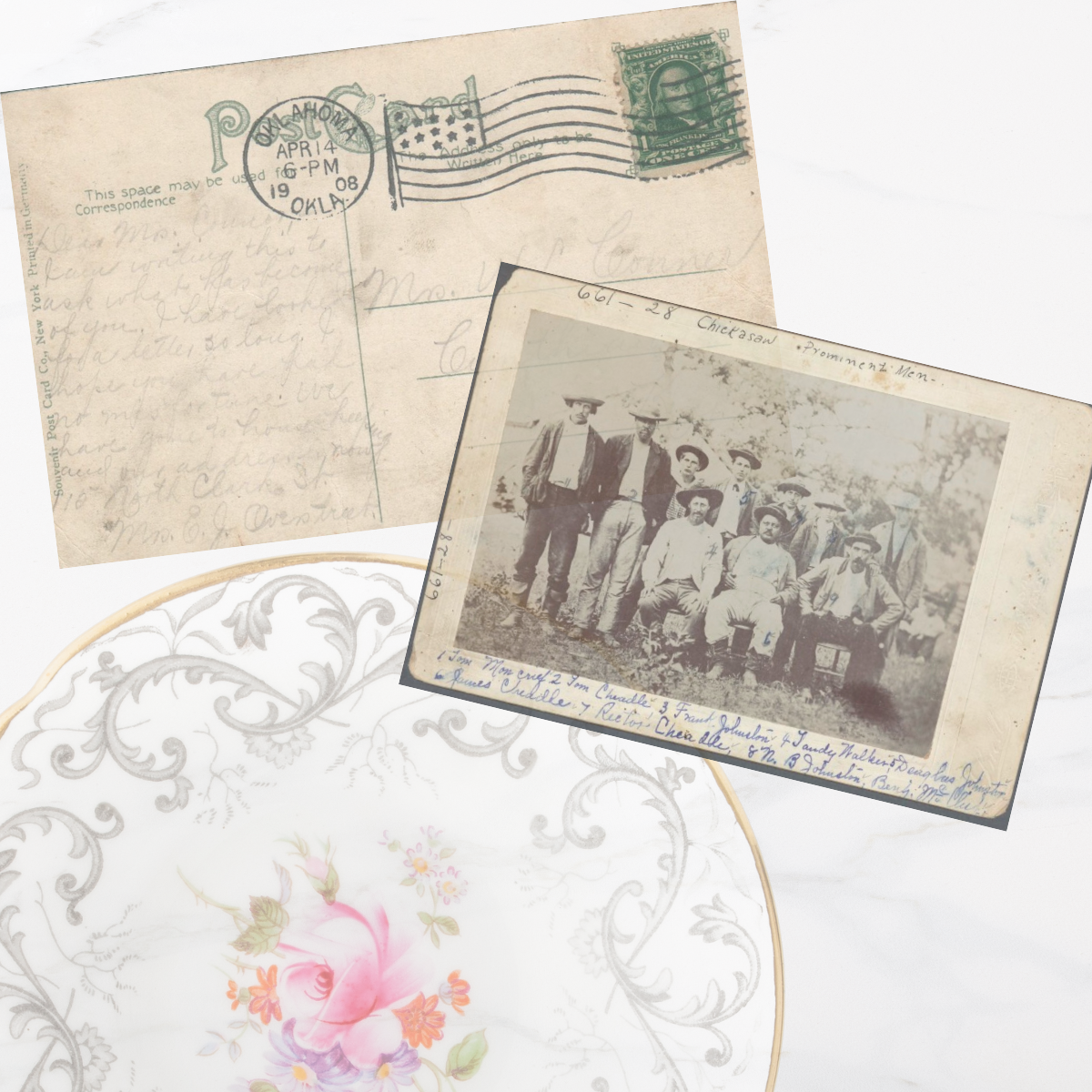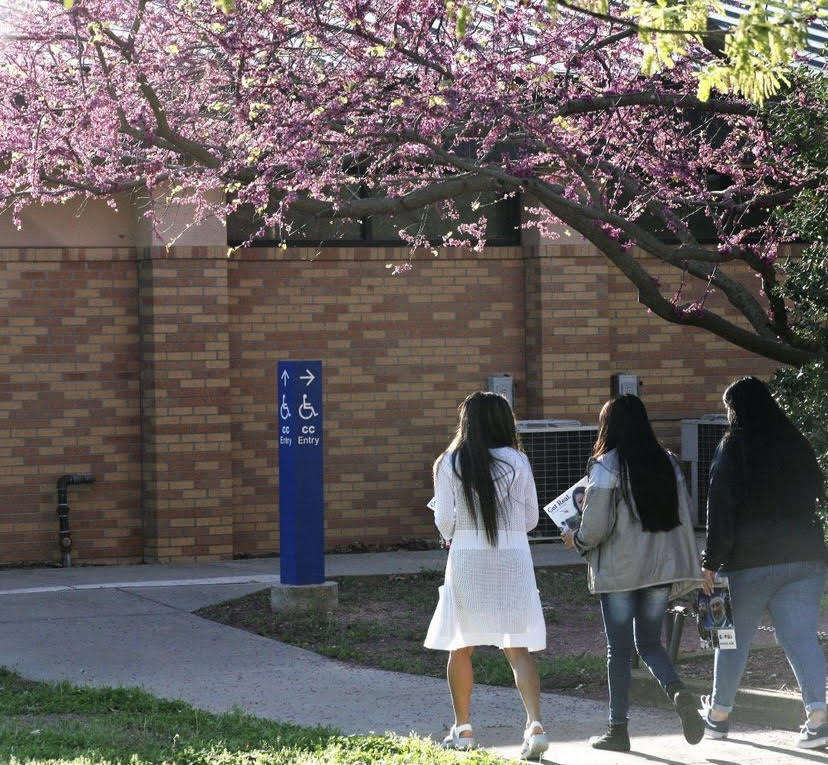HISTORY
 Nestled in a corner of Murray State College campus in Tishomingo, Oklahoma is the
historical treasure, Chickasaw Hall.
Nestled in a corner of Murray State College campus in Tishomingo, Oklahoma is the
historical treasure, Chickasaw Hall.
Built in the early 20th century to provide housing for a growing student body, Chickasaw Hall is a prominent landmark. Its historic and architectural beauty led to it becoming one of the six sites within Johnston County listed on the National Register of Historic Places.
Chickasaw Hall is one of two dormitories constructed to house the students of Murray State College, which was then called Murray State School of Agriculture. The dormitories were built with cooperation among federal, tribal, state and local agencies.
Chickasaw Hall serves as a reminder of these continued partnerships.
With curriculum based on agriculture, early enrollment of Murray State College consisted
mainly of Chickasaw and Choctaw boys from southern Oklahoma. The demand for housing
was enormous. For more than 10 years, students lived in boarding houses or private
rooms for rent.
Providing adequate living arrangements for the fledgling school took an act of Congress. The bill authorized $50,000—nearly $600,000 in today’s dollars—to be credited to the Chickasaw Nation for the purpose of building the dormitories to house Native Americans. A condition of building the dormitories included transferring ownership of the property to the Chickasaw Nation from the city of Tishomingo.
Intended for use by Native Americans, Chickasaw Hall was designed to house 130 students. Once completed, non-Natives were welcomed into the facility. The property was purchased from the Chickasaw Nation by the state of Oklahoma decades later.
According to documentation prepared by the Oklahoma Preservation Office, Chickasaw Hall is also architecturally important. It is a simplified Queen Anne building with uniquely crafted elements. These include a half-timber design embedded in the pebble stucco on the fourth floor exterior and outside banisters made of brick leading to the second floor porch. Many of these features were used in housing in eastern states, but the design is unique to Oklahoma.
Located inside the building is a three-bedroom apartment intended for live-in dorm parents. Brick was used to build the first floor and window trim throughout the building. Distinctive eyebrow windows and a skylight provide light to the interior stairwell.
As one of the earliest buildings at Murray State College, the hall has served many functions. It has been both a girls and boys dormitory. A few years prior to its closing in 1972, it was used as an athletic dormitory.

HISTORICAL TIMELINE

1908
The Murray State School of Agriculture is established to provide an education revolving around agricultural economy. Early enrollment was primarily Chickasaw and Choctaw students. First American and out-of-town students lived in private homes and boarding houses.

March 1917
Congressman William H. Murray introduced a bill in Congress whereby two dorms would be built on the Murray State School of Agriculture campus. The 64th Congress authorized the Secretary of the Interior to credit $50,000 to the Chickasaw Nation to build the dorms.

1917 - 1919
The dormitories were built between 1917 and 1919 to house 130 students. They were called the East and West boys’ dormitories, and later as Johnston Hall and Chickasaw Hall.

1937 - 1939
In 1937, a bill was introduced in the House of Representatives whereby the state would purchase the dorms from the Chickasaw Nation. The appropriation was approved on April 21, 1938, as an emergency action of the 17th Legislature. The sale concluded in 1939 and included the sites, buildings and contents. Following the purchase, the names of the dorms were changed to James Hick Hall and Bessie Poe Hall in honor of two students, both deceased.

1957 - 1970
In 1957, James Hicks Hall was destroyed by fire, and soon after Bessie Poe Hall became a girls’ dormitory and was later an athletic dormitory.

1981
On September 11, 1981, Bessie Poe Hall was placed on the National Register of Historic Places which makes it one of seven registered sites in Johnston County, OK. Others include the Chickasaw Nation Capitol, Chickasaw White House, Governor William H. Murray House Site, Tishomingo Armory, Tishomingo City Hall and the Wapanucka Academy Site.

April 24, 2018
Bessie Poe Hall is renamed Chickasaw Hall with the hope of re-establishing the historical significance of the facility with the intention to name a renovated interior space that will honor Bessie Poe.

September 21, 2023
Groundbreaking to begin renovations funded by a partnership among the Chickasaw Nation, U.S. Economic Development Administration and Murray State College.